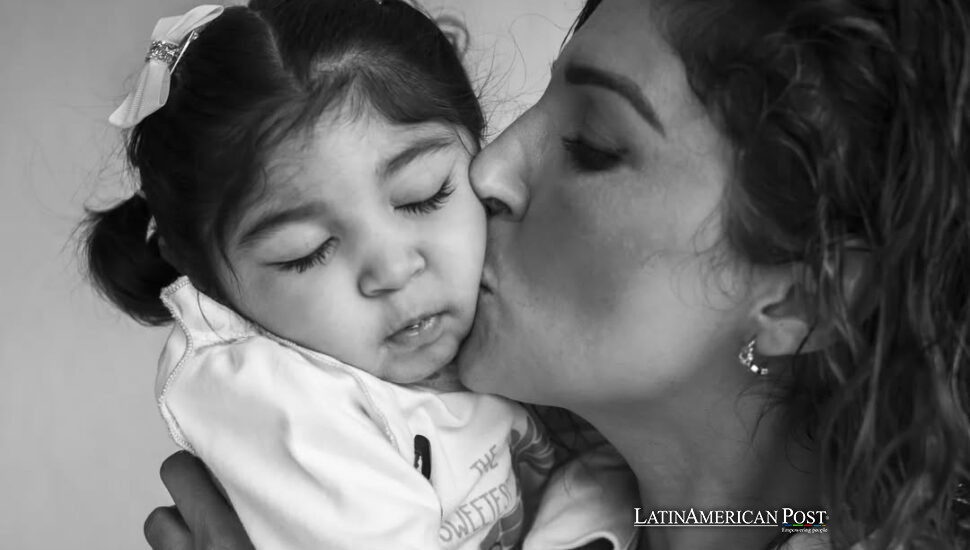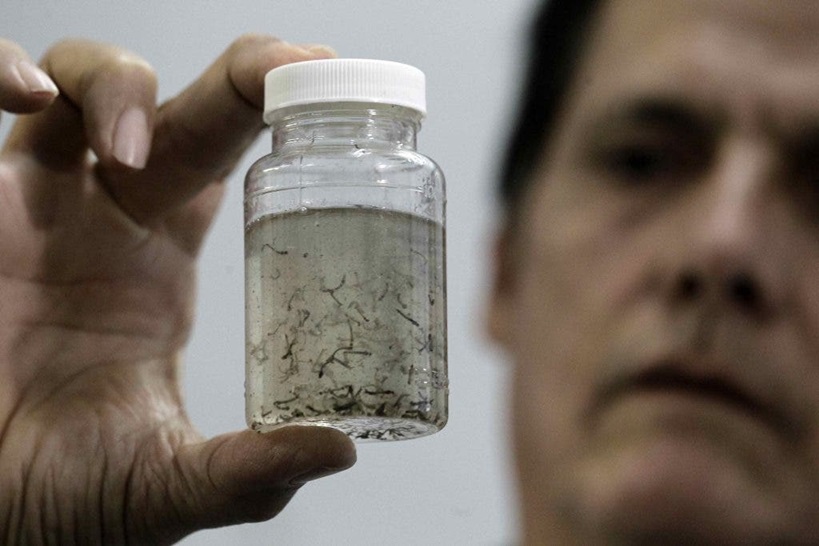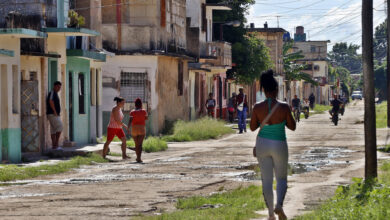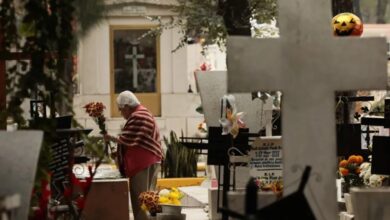Brazilian Mothers Build a Village Where Zika Almost Forgot Them

In Maceió, northeast Brazil, a yellow-painted housing block tells the story headlines forgot. Here, a group of mothers—once told their babies wouldn’t walk, speak, or smile—have built a living network of care, resilience, and stubborn hope.
The Virus Quieted, but Their Children Remain
When Rute Freires first held her daughter Tamara in her arms, she knew something wasn’t right. Tamara was born with microcephaly—an abnormally small head, the result of Zika virus infection during pregnancy. Doctors gave her daughter weeks, maybe months. Now Tamara is nine.
She still cannot walk or speak. She eats through a feeding tube, struggles to keep her head upright, and spends her days in a home fitted with therapy equipment. But she’s alive. “They told me she would never smile,” Rute said, “but she did. I saw her smile.”
Tamara is one of nearly 2,000 children born with congenital Zika syndrome during the 2015–2016 outbreak in Brazil. The virus made global headlines as it swept across the country, raising alarms ahead of the 2016 Olympics. The government declared a state of emergency. The World Health Organization followed. Then, by 2017, the panic receded. Zika faded from news cycles. Cases dropped. Scientists never fully understood why.
But for the families it touched, Zika never went away.
Official figures estimate that more than 260 of the affected children have died. Others, like Tamara, have seen their health slowly decline. Most of them live in Brazil’s northeast, a region disproportionately struck by the virus and disproportionately underserved.
Why there? Researchers still don’t know.
A Community Built Out of Necessity
Alone and overwhelmed, Rute began searching for others like her. In 2016, she found them—first in a public support group, then in an informal network of mothers who were also raising children with Zika’s harsh aftermath: seizures, feeding complications, joint deformities, vision problems.
“We realized we were all going through the same thing,” Rute recalled. “And we started helping each other.”
By 2017, they had formalized into an independent collective. They stitched yellow shirts for visibility, organized protests, and pushed for legal help. Many had quit jobs. Most lived on a government allowance that barely stretched to cover rent and food, let alone round-the-clock care.
Some were raising their children alone, abandoned by partners who couldn’t—or wouldn’t—share the burden. “I heard it again and again: ‘You’re choosing to be a mother over being a wife,'” said Alessandra Hora, who founded the group.
When the collective petitioned for public housing, their request was simple: let us live close together. The government granted their wish. Fifteen mothers moved into the same housing complex, and they’ve lived side by side ever since—trading formula and syringes, sharing physical therapy tips, and watching over each other’s kids.
For Alessandra, it’s personal. After her son was killed in a violent crime, she took custody of her grandson, Erik—another child with congenital Zika syndrome. Building a community, she said, was about survival.
When Care Becomes a Village
Rute moved into the yellow housing block after separating from her husband. It wasn’t just a new home. It was a lifeline.
She lives next to Anne Caroline da Silva Rosa and Lenice França. Their sons—Moisés and Enzo—were also born with complications linked to Zika. The three mothers care for their children together. When Rute needs to attend night school, Anne Caroline and Lenice watch Tamara. When Lenice runs out of medical supplies, Rute shares her stash.
Their living arrangement—part ad hoc, part intentional—has made the impossible just barely doable. They know the exact positioning that helps their kids breathe easier. They know the names of good doctors and which clinics run late. They’ve learned how to detect pain when a child can’t speak, and how to stretch government benefits past the breaking point.
And they celebrate the small things. For years, Tamara couldn’t hold her gaze. Now, she can lock eyes with her mother across the room. She tracks her reflection in a mirror. Her smile—once dismissed as unlikely—arrives with touch, with music, with familiarity.
“We take nothing for granted,” Rute said. “Every gesture means something.”
A Decade Later, Justice Finally Comes
It took ten years, but the mothers’ push for compensation has finally yielded results.
In December, Brazil’s Congress approved a bill granting families a one-time payment of about $8,800, plus a monthly support of $1,325—roughly five times what most were receiving. But President Lula da Silva vetoed the bill, citing budget concerns. He offered a lump sum instead.
The mothers rejected it. So did the public. So did doctors who had tracked their long struggle.
“It wasn’t just about the money,” said Dr. Mardjane Lemos, one of the first physicians to identify the Zika-microcephaly link in Alagoas. “It was about dignity.”
The veto didn’t hold. In July, Congress overrode it. Full compensation will now go to families of the nearly 3,300 children with confirmed Zika-linked disabilities.
“I wanted to scream with joy,” Rute said. Her next steps are clear: finish her studies, get a stable job, and buy a car to take Tamara to appointments. “We waited a long time,” she said. “But I never stopped believing.”

EFE
Zika Is Gone—But the Questions Aren’t
There hasn’t been a major Zika outbreak in Brazil since 2017. But scientists still don’t know why.
Did natural immunity emerge? Did changes in mosquito control work better than expected? Or did the virus mutate into something less harmful? No one knows for sure.
What is clear is that poor, northeast Brazilian women bore the brunt. Their babies suffered the most severe complications. And even now, their region has seen the fewest research investments into long-term care, neurological impact, or environmental triggers.
Some studies point to maternal malnutrition. Others suspect local bacteria in contaminated water may have intensified Zika’s attack on fetal brains. It’s likely a combination of factors. But without funding, the mystery may stay unsolved.
For families like Rute’s, that silence is louder than the virus ever was.
Zika may have vanished from headlines. But inside one humble housing block in Maceió, its consequences live on—written into every routine, every shared meal, every small victory. Against the odds, these women have found community to be their cure.
Also Read: Puerto Rico Battles Sargassum with Shovels, Drones, and Sheer Willpower
“We may not have all the answers,” Rute said. “But we have each other.”




